Specifying blinds on a tight budget feels like a trap. You need to meet performance specs, but cheap options often fail, leading to costly replacements and unhappy clients down the line.
The difference isn't just price; it's performance. Premium blinds use superior materials, robust mechanisms, and advanced technology that deliver long-term value. Budget blinds prioritize low upfront cost, often sacrificing durability and functionality, making them more expensive over time.
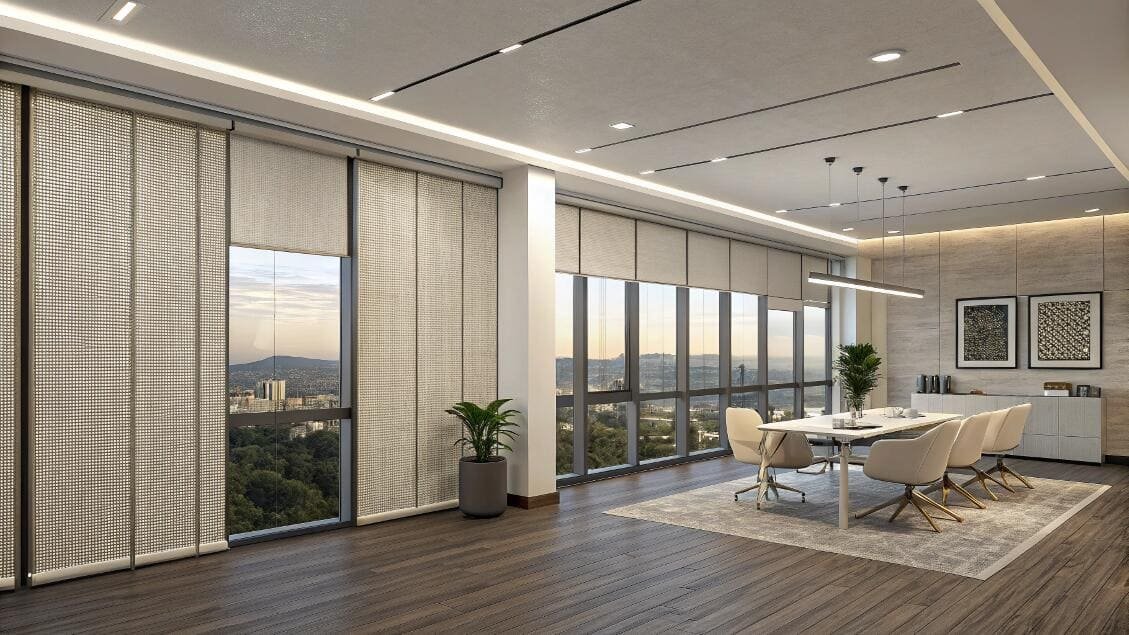
In my 15 years of supplying window treatments[^1] for commercial projects, I've seen a lot of budget-driven decisions come back to bite. A project manager saves 20% upfront on budget blinds, only to spend 50% more on replacements and maintenance within three years. The Total Cost of Ownership (TCO) is the only metric that matters. This guide isn't about convincing you to spend more; it's about helping you invest smarter. We'll break down the real differences in materials, performance, and long-term ROI[^2] so you can make purchasing decisions that protect your project's budget and your professional reputation.
What is the difference between cheap and expensive blinds in terms of materials and performance?
You see two blinds that look similar, but one costs five times more. It's easy to assume the price difference is just branding, but the reality is much more technical.
Expensive blinds use durable materials like commercial-grade aluminum, kiln-dried wood, and high-performance fabrics with UV inhibitors[^3] and fire-retardant coatings. Cheap blinds often use thin vinyl or basic polyester that can warp, fade, and fray, leading to premature failure and poor performance.
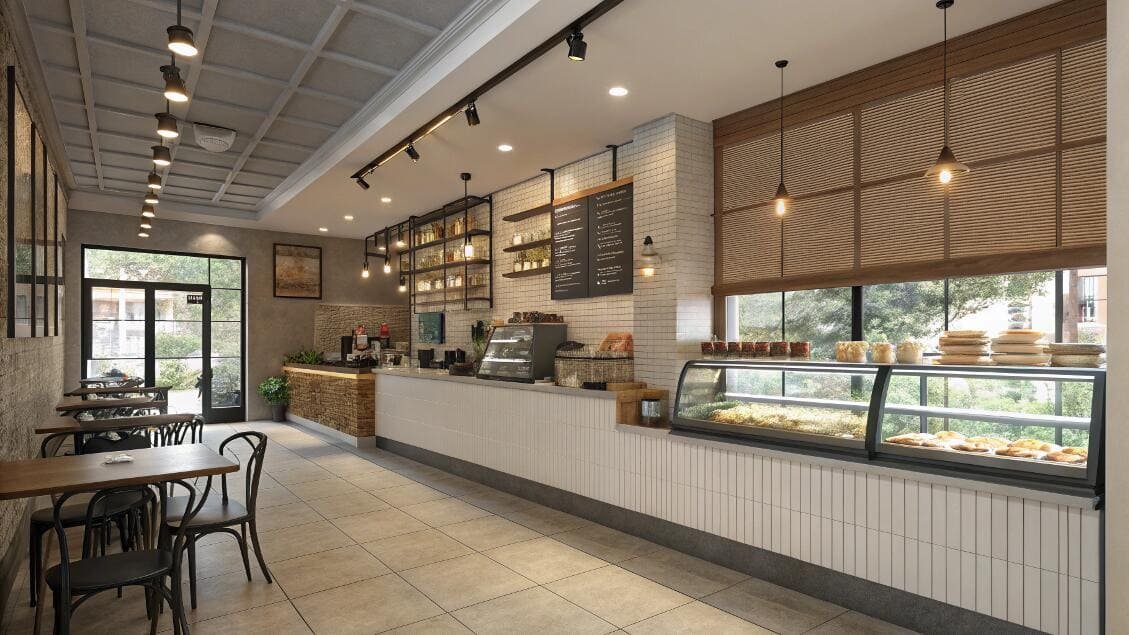
When I consult on projects, I always bring samples to show, not just tell, the difference. The distinction becomes obvious when you handle the materials and operate the mechanisms. Budget blinds cut costs in ways that directly impact their functional life in a commercial setting. Premium blinds are engineered for longevity and consistent performance, which is where their true value lies. The initial cost reflects an investment in materials and engineering that prevent future problems.
Here’s a technical comparison I often share with clients:
| Component | Budget Blinds | Premium Blinds | Long-Term Performance Impact |
|---|---|---|---|
| Fabric/Slats | Thin vinyl, basic polyester, low-grade aluminum. | Thick-gauge aluminum, faux wood composites, FR-rated polyester with anti-static coatings. | Premium materials resist warping from heat, fading from UV exposure, and fraying from daily use. |
| Mechanisms | Basic plastic cord systems, low-quality clutches. | Stainless steel chains, high-cycle rated motors, smooth chain-free lifts. | Robust mechanisms prevent jamming, snapping, and operational failure, reducing maintenance calls and replacement costs. |
| Fit & Finish | Standard, off-the-shelf sizes with potential for large gaps. | Made-to-measure for a precise fit, often with light-blocking side channels. | A perfect fit maximizes energy efficiency and light control, providing a far more professional and polished aesthetic. |
| Coatings | None or minimal. | UV inhibitors, flame retardant (NFPA 701), anti-microbial, anti-static finishes. | Specialized coatings ensure safety compliance, reduce cleaning needs, and extend the fabric's life. |
Investing in premium blinds is a strategic decision to avoid the cycle of frequent repairs and replacements that erodes any initial savings.
Why are blinds so expensive now and what factors drive premium pricing?
Project managers often ask me why the quotes for commercial-grade blinds are so much higher than the prices they see for residential products online. The answer lies in the engineering, compliance, and features required for commercial use.
Blinds are expensive because premium options are value-engineered products. The price is driven by high-quality materials, custom-fit manufacturing, advanced features like motorization, and crucial commercial certifications like fire retardancy. These factors ensure durability, safety, and long-term performance, justifying the investment.
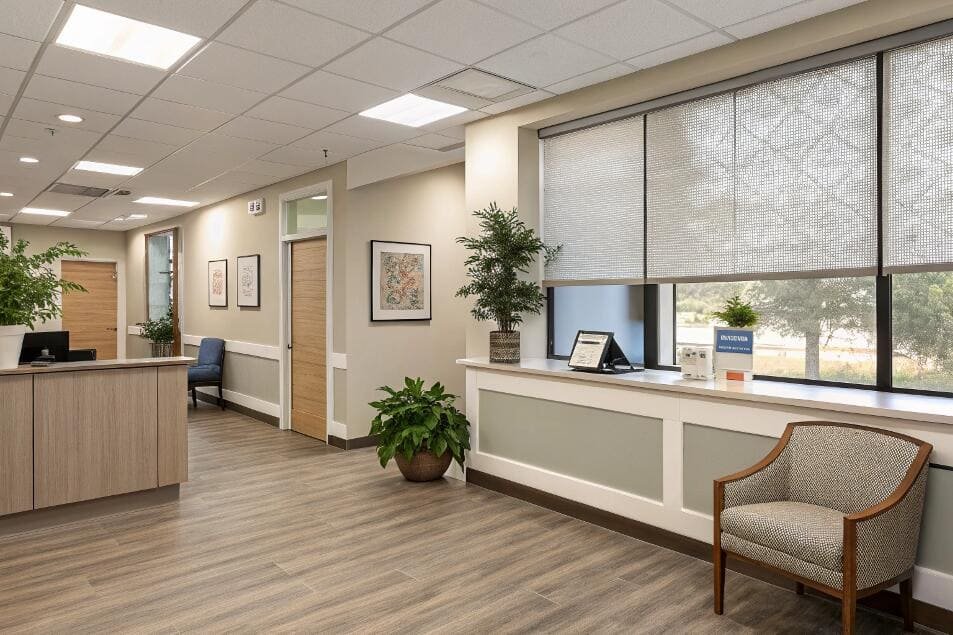
When you specify blinds for a commercial building, you're not just buying a window covering; you're buying a piece of building equipment that needs to perform safely and reliably for over a decade. The pricing reflects the specialized requirements that are absent in the residential market. From meeting mandatory fire codes to withstanding the wear and tear of a public space, every component is designed for a more demanding environment. This engineering and compliance overhead is the primary reason for the price difference.
Let's break down the core cost drivers for commercial projects:
- High-Performance Materials: Commercial spaces demand materials that last. This includes heavy-duty fabrics that resist fading and tearing, corrosion-resistant hardware, and high-cycle motors tested for thousands of operations. These materials cost more to produce but prevent the frequent replacements associated with cheaper alternatives.
- Customization and Made-to-Measure Fit: Commercial windows are rarely standard sizes. Custom manufacturing ensures a perfect fit, which is critical for energy efficiency and a professional look. This made-to-measure process has higher labor and material costs than mass-produced, off-the-shelf products.
- Advanced Features and Technology: Motorization and smart building integration are now standard expectations. The cost includes not just the motor, but the power supplies, control systems, and software needed to connect with a Building Management System (BMS). This technology adds convenience but, more importantly, provides significant ROI through energy savings.
- Safety and Code Compliance: This is a huge, non-negotiable cost driver. Commercial blinds must meet stringent fire safety standards (like NFPA 701), which requires certified flame-retardant materials and adds significant cost. In contrast, residential products rarely need this level of certification.
Is it worth spending more on blinds for long-term commercial installations?
The central question every project buyer faces is whether the higher upfront cost of premium blinds truly pays off. When you're managing a tight budget, it can be tempting to choose the less expensive option.
Absolutely. Investing more in high-quality, durable blinds is one of the smartest long-term decisions for a commercial installation. The return on investment (ROI) is realized through significant energy savings, lower maintenance and replacement costs, and an increase in property value and tenant satisfaction.

I always frame this discussion around Total Cost of Ownership[^4] (TCO). A cheap blind may save you money at purchase, but it will cost you far more over its short lifespan. Premium blinds are an asset designed to perform for 10-15 years, not a disposable fixture. The initial investment is higher, but the long-term financial benefits are undeniable. It's a classic case of paying more now to save a lot more later.
Here's how the investment provides measurable returns:
| ROI Category | How Premium Blinds Deliver Value | Financial Impact |
|---|---|---|
| Energy Savings | High-performance solar fabrics and automated systems reduce solar heat gain, significantly lowering HVAC loads. | Can cut cooling costs by up to 25%, saving $0.85-$1.45 per square foot annually. Payback periods are often 3-5 years. |
| Reduced Maintenance & Replacement | Durable materials and robust mechanisms withstand heavy commercial use, drastically reducing service calls and the need for replacements. | Premium blinds last 12-18 years, compared to 5-8 for budget options. This avoids the cost of buying blinds 2-3 times. |
| Increased Property Value | Smart, automated blinds are a key feature that modern tenants expect. Properties with these features command higher rents and have lower vacancy rates. | Motorized blinds can increase property values by 8-12% and improve tenant retention rates by over 20%. |
| Improved Occupant Productivity | Proper glare control and optimized natural light create a more comfortable and productive work environment. | Studies show productivity gains of 6-16% in offices with automated daylight management, a massive intangible benefit. |
When you factor in these long-term benefits, spending more on quality blinds isn't just "worth it"—it's a financially sound strategy for any commercial property.
How many years do blinds last and what affects their lifespan?
When specifying blinds, knowing their expected service life is crucial for budgeting and lifecycle planning. Will this product last 5 years or 15? The answer depends heavily on its quality and intended use.
High-quality commercial blinds last 12-18 years, while cheaper, residential-grade options may only last 5-8 years in a commercial setting. The primary factors affecting lifespan are material quality, sun exposure, frequency of use, and proper maintenance.
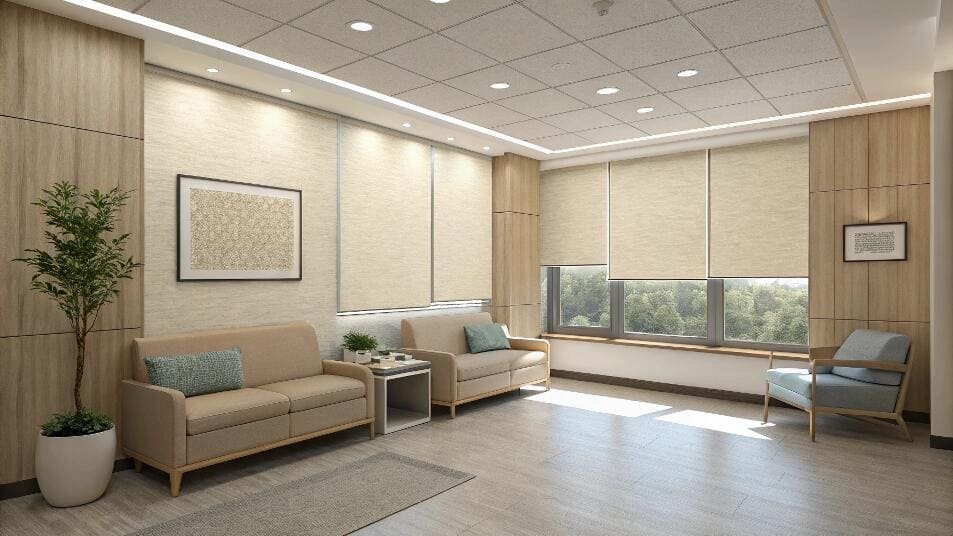
A blind's lifespan is not a fixed number; it's the result of its engineering and environment. I've seen commercial-grade roller shades in high-traffic offices that still look and operate like new after a decade. I've also seen budget vinyl blinds become cracked and non-functional in less than three years. The key takeaway is that commercial environments accelerate wear and tear, so choosing a product built for that environment is the only way to achieve a long service life.
Let's look at the average lifespans and the factors that influence them:
Average Lifespan of Popular Commercial Blinds:
| Blind Type | Average Commercial Lifespan | Key Durability Factors |
|---|---|---|
| Aluminum Venetian | 10 - 15 years | Heavy-gauge, spring-tempered aluminum resists bending. |
| Commercial Roller | 10 - 15 years | Durable fabrics (PVC, polyester) and robust mechanisms. |
| Faux Wood Venetian | 8 - 12 years | Moisture-resistant PVC construction prevents warping. |
| Vertical Blinds | 10 - 15 years | High-quality PVC or treated fabrics on a durable track. |
| Cellular Shades | 8 - 12 years | Spunlace polyester fabric is durable but can be delicate. |
Main Factors Affecting Durability:
- Quality of Materials: This is the most important factor. Commercial-grade materials are designed to resist UV degradation, moisture, and physical damage.
- Sun Exposure: Windows facing direct, intense sunlight will cause any material to degrade faster. Blinds with high UV resistance ratings last longer in these locations.
- Frequency of Use: In a busy office, blinds may be adjusted multiple times a day. A durable, high-cycle mechanism (manual or motorized) is essential to prevent premature failure.
- Maintenance: Regular cleaning to remove dust and grime prevents buildup that can strain mechanisms and degrade fabrics over time.
What is the new trend in blinds for modern commercial spaces?
Designers and architects are always looking for what's next. They want solutions that are not just functional but also align with contemporary design philosophies and corporate values.
The biggest trend is the integration of smart technology and sustainable materials[^5]. Automated blinds that respond to sunlight and occupancy are becoming standard. At the same time, there's a strong shift towards eco-conscious fabrics and minimalist designs with soft, textured neutrals.
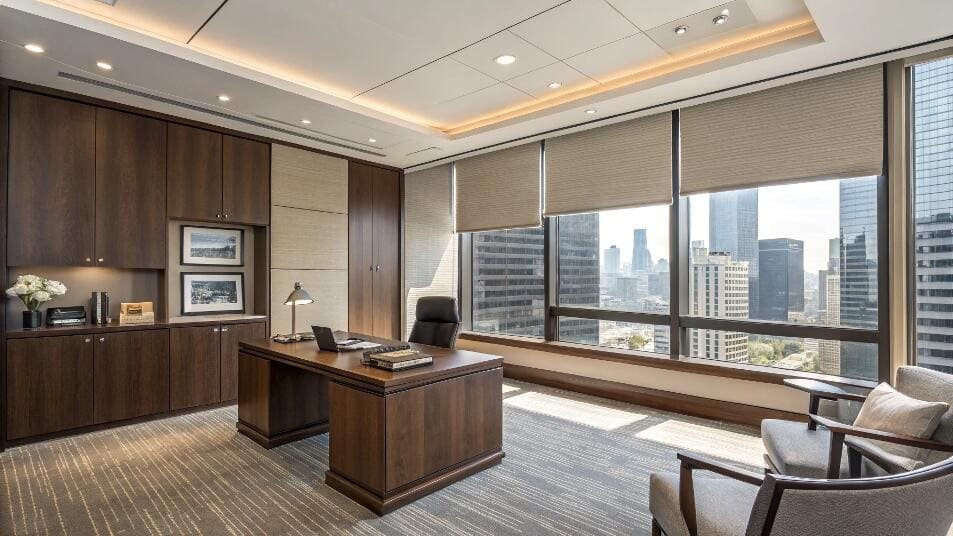
The "new trend" isn't a single style but a convergence of technology, sustainability, and wellness. My clients are no longer satisfied with just a functional blind. They want an intelligent shading system that contributes to the building's LEED certification, enhances employee well-being, and integrates seamlessly into a minimalist aesthetic. This holistic approach is what defines the modern commercial window treatment.
Here are the key trends shaping commercial projects in 2025 and beyond:
- Smart Automation as a Standard: Motorized blinds are no longer a luxury. The trend is full automation integrated with Building Management Systems (BMS). Blinds can now adjust automatically based on the sun's position, interior temperature, and room occupancy to optimize energy savings and comfort without any human input.
- Sustainable and Eco-Conscious Materials: There is a huge demand for fabrics made from recycled materials (like recycled plastic bottles) or sustainable sources like bamboo and hemp. These materials help projects achieve green building certifications and appeal to companies with strong corporate sustainability goals.
- Textured Neutrals and Biophilic Design: Aesthetics are moving away from flat, clinical looks. The trend is towards soft, tactile fabrics in neutral tones (grays, beiges, whites) that add visual depth and warmth. This aligns with biophilic design, which seeks to connect occupants with nature.
- Layered Window Treatments: To achieve maximum flexibility, designers are layering treatments. A common combination is a solar screen roller blind for daytime glare control paired with a blackout drape for total privacy and room darkening. This approach offers the best of both worlds.
- Acoustic Performance: In open-plan offices, noise control is a major challenge. The new trend is to use heavier, sound-dampening fabrics for curtains and blinds to help absorb sound and reduce echo, creating a more focused work environment.
Conclusion
Choosing between budget and premium blinds is a crucial project decision. While budget options offer initial savings, premium blinds provide superior long-term value through durability, energy efficiency, and enhanced performance, making them the smarter investment.
Plan Your Project with Confidence
Don't let budget constraints force a short-sighted decision. Let's analyze the Total Cost of Ownership for your project and specify a solution that delivers performance and value for years to come.
Contact my team for a detailed cost-benefit analysis at info@velablinds.com today.
Extended FAQ Section
People also ask
What premium blind features provide the most measurable ROI?
Motorization and automation provide the most significant and measurable ROI for commercial projects. The initial investment, which is typically 40-60% higher than manual blinds, is recovered through several key benefits. First, automated energy efficiency from solar tracking can reduce a building's HVAC load by 15-25%, leading to direct energy savings of $0.75-$1.25 per square foot annually. Second, studies have shown that optimized daylighting and glare control can increase employee productivity by 6-16%. Finally, automated systems reduce wear and tear from manual operation, cutting maintenance costs by up to 70% over the product's lifespan. These factors combine to create a payback period of just 3-5 years.
What blinds look expensive but offer reasonable cost-effectiveness?
Faux wood and roller shades with high-end textured fabrics are excellent choices that provide a luxurious appearance without the high cost of premium materials like real wood. Faux wood blinds mimic the classic, sophisticated look of real wood shutters but are made from durable, moisture-resistant PVC composite. This makes them more affordable and better suited for various commercial environments. Similarly, roller shades are inherently cost-effective, but choosing a fabric with a rich texture, like a woven linen or a subtle pattern, can elevate the aesthetic to look far more expensive than it is. The key is a professional, made-to-measure installation, which ensures a perfect fit and eliminates light gaps, giving any blind a high-end, custom finish.
What is the most affordable way to outfit a commercial space with blinds without compromising quality?
The most affordable strategy involves value engineering and strategic allocation. First, standardize blind sizes where possible to benefit from economies of scale. Second, use a "good, better, best" approach based on the window's location and function. For example, use high-performance automated solar shades on sun-drenched south-facing windows where energy efficiency ROI is highest. For less critical areas, like north-facing windows or storage rooms, use a more standard (but still commercial-grade) manual roller blind with the same fabric for a consistent look. This "performance prioritization" ensures you spend money where it delivers the most value, reducing the total project cost without resorting to cheap, unreliable products.
---
[^1]: Explore various options to find the best fit for your commercial needs.
[^2]: Explore how premium blinds can provide significant returns over their lifespan.
[^3]: Learn how UV inhibitors protect your blinds and enhance their longevity.
[^4]: Understanding TCO helps you make informed decisions about long-term investments in blinds.
[^5]: Discover eco-friendly options that align with contemporary design and corporate values.Partner with VelaBlinds for Your Next Project
Smart window treatments shouldn't be complicated. After working with 500+ distributors and contractors worldwide, I've streamlined the process to get you quality products, competitive pricing, and reliable support - every time.
Why project professionals choose VelaBlinds:
- ✅ Fast, Accurate Quotes - Detailed specs and pricing within 24 hours
- ✅ Transparent Pricing - No hidden fees, volume discounts clearly outlined
- ✅ Quality Assurance - Direct partnerships with certified OEM manufacturers
- ✅ Project Support - Dedicated account manager from quote to delivery
Start your next project:
📧 Quick Quote: Send your requirements to info@velablinds.com
📱 Direct Contact: WhatsApp +86 137 2012 8317
🌐 Browse Solutions: https://velablinds.com/
📁 Product Resources: Access spec sheets, catalogs & project files
Jimmy Chen, Founder
"I built VelaBlinds to solve the real challenges I faced as a project buyer - long lead times, unclear specs, and unreliable suppliers. Let's discuss how we can power your projects with smarter blinds."
Serving distributors and contractors across North America, Europe, and Australia since 2018.



